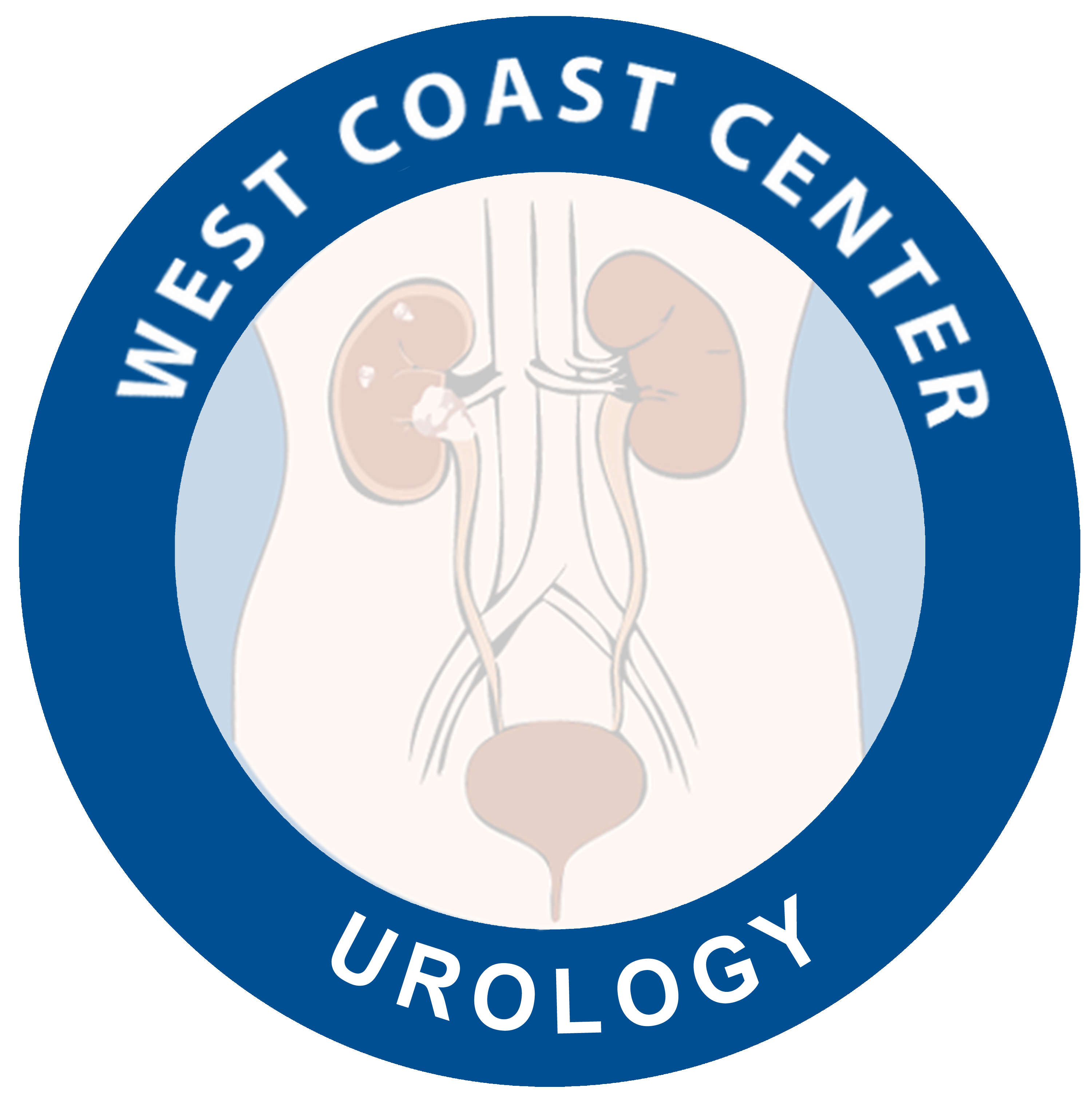Percutenous Tibial Nerve Simulation (PTNS)
- Urinary Incontinence and voiding dysfunction
- Men: Stress Urinary Incontinence
- Men: Pelvic Floor Rehabilitation
- Men: Transurethral Injection of Bulking Agents
- Men: Male Slings
- Men: Artificial Urinary Sphincter (AUS)
- Men: Adjustable continence device (Pro-ACT ) (Investigational)
- Women: Stress Urinary Incontinence
- Women: Pelvic Floor Rehabilitation
- Women: Transurethral Injection of Bulking Agents
- Women: Minimally Invasive Slings
- Women: Adjustable Continence Device
- Urge Incontinence in men and women
- Behavior Modification, Pelvic floor Rehabilitation and Biofeedback
- Botox Injection
- Sacral Neuromodulation
- Percutenous Tibial Nerve Simulation (PTNS)
Percutenous Tibial Nerve Simulation
Posterior tibial nerve stimulation (PTNS) or Urgent PC is a technique of electrical neuromodulation for the treatment of voiding dysfunction in patients who have failed behavioral and/or pharmacologic therapies.
Procedure:
Patient sits comfortably on a chair in the office.
The tibial nerve is accessed using a fine-needle electrode inserted slightly above the ankle, and low-voltage electrical stimulation is delivered. The course of treatment is typically 10–12 weeks of 30-minute weekly sessions. The posterior tibial nerve is located near the ankle; it is derived from the lumbar-sacral nerves (L4-S3), which control the bladder detrusor and perineal floor. Altering the function of the posterior tibial nerve with posterior tibial nerve stimulation is believed to improve voiding function and control.
The most common side-effects with Urgent PC treatment are temporary and minor, resulting mainly from the placement of the needle electrode. They include minor bleeding, mild pain and skin inflammation
Dr. Marshall Stoller developed this technology at UCSF where Dr. Aboseif did his Urology training

